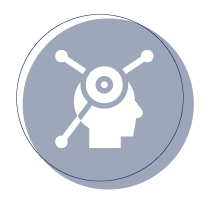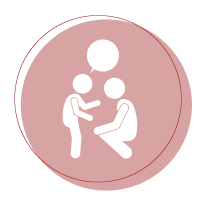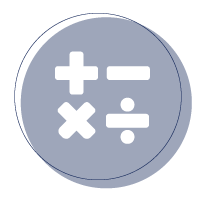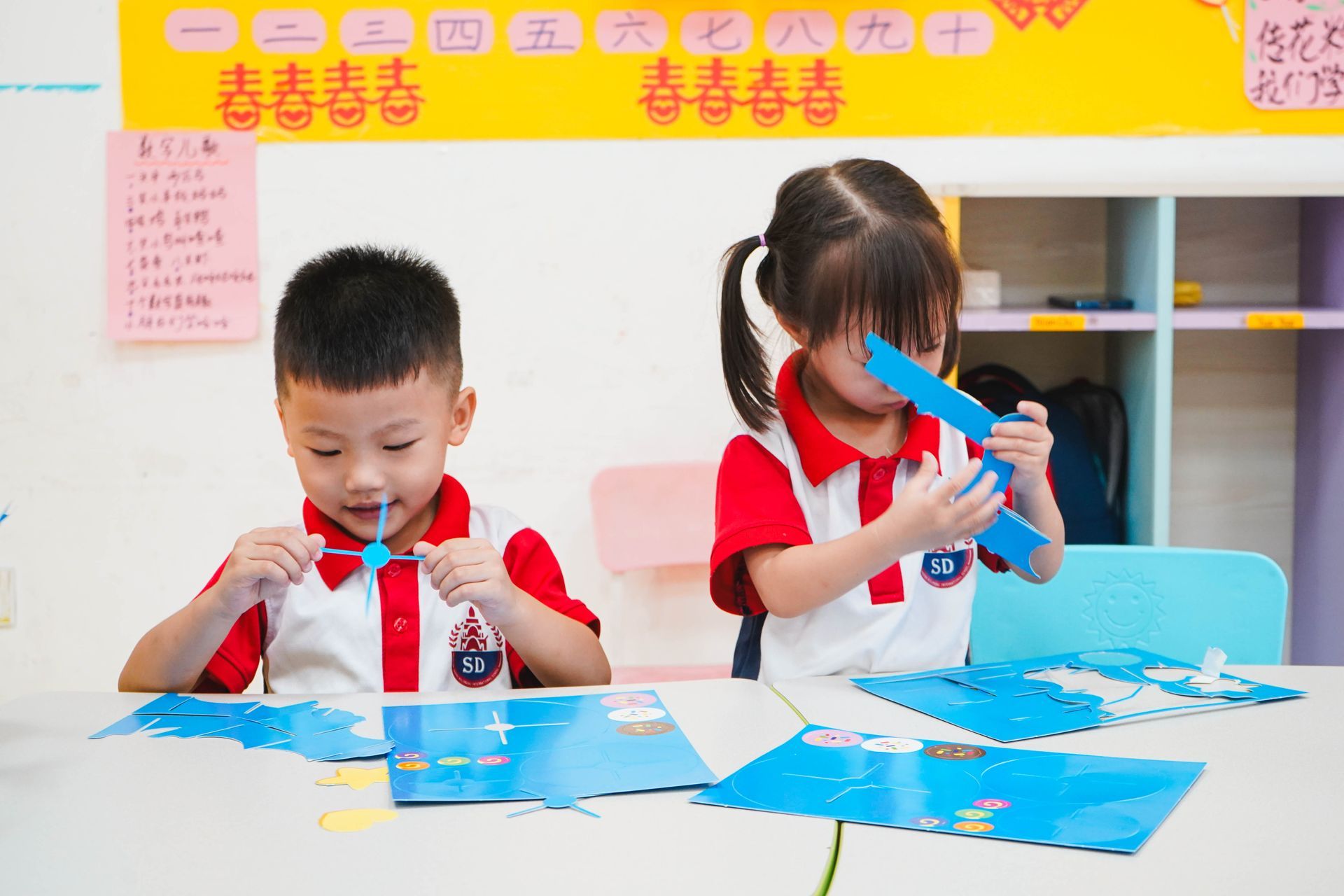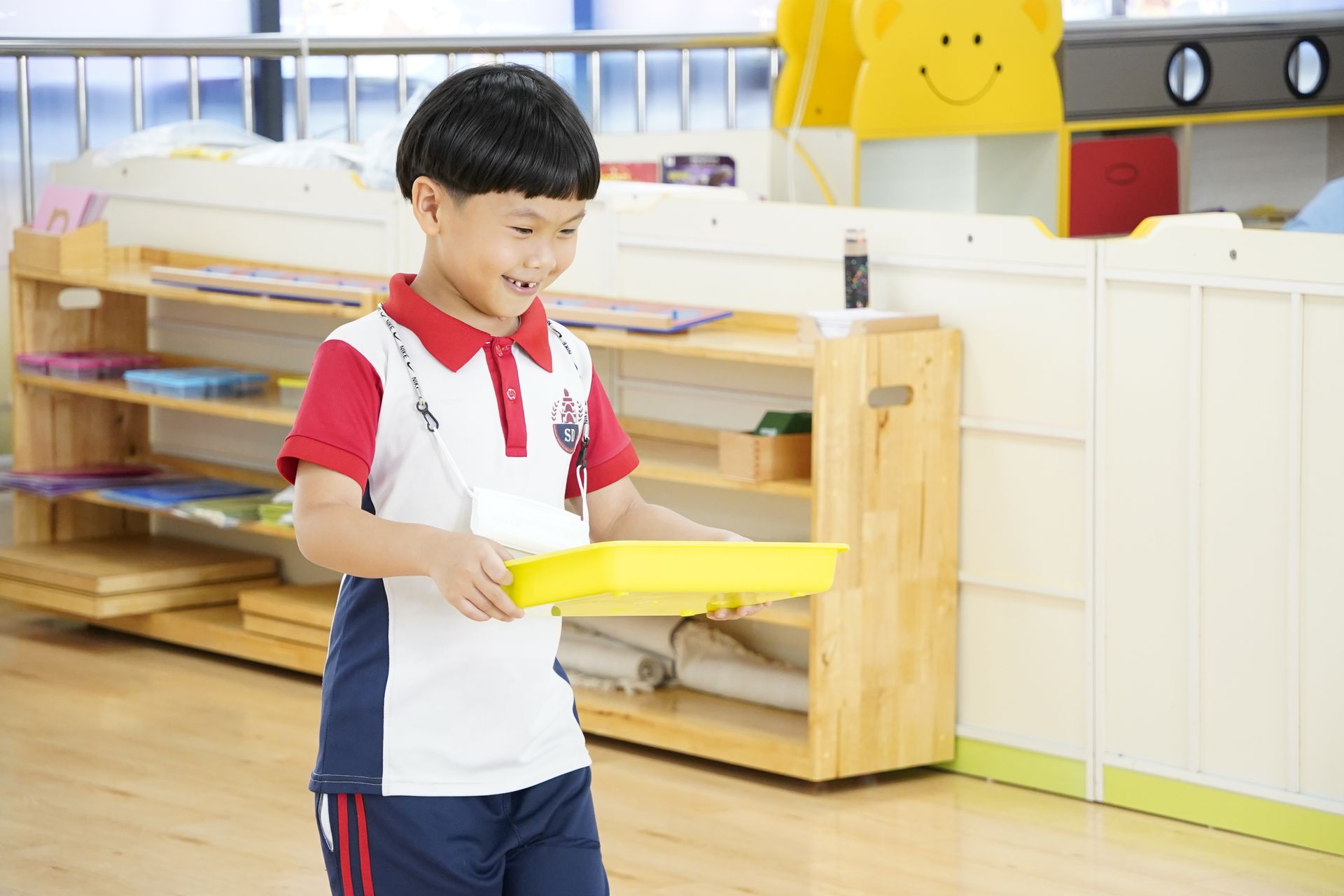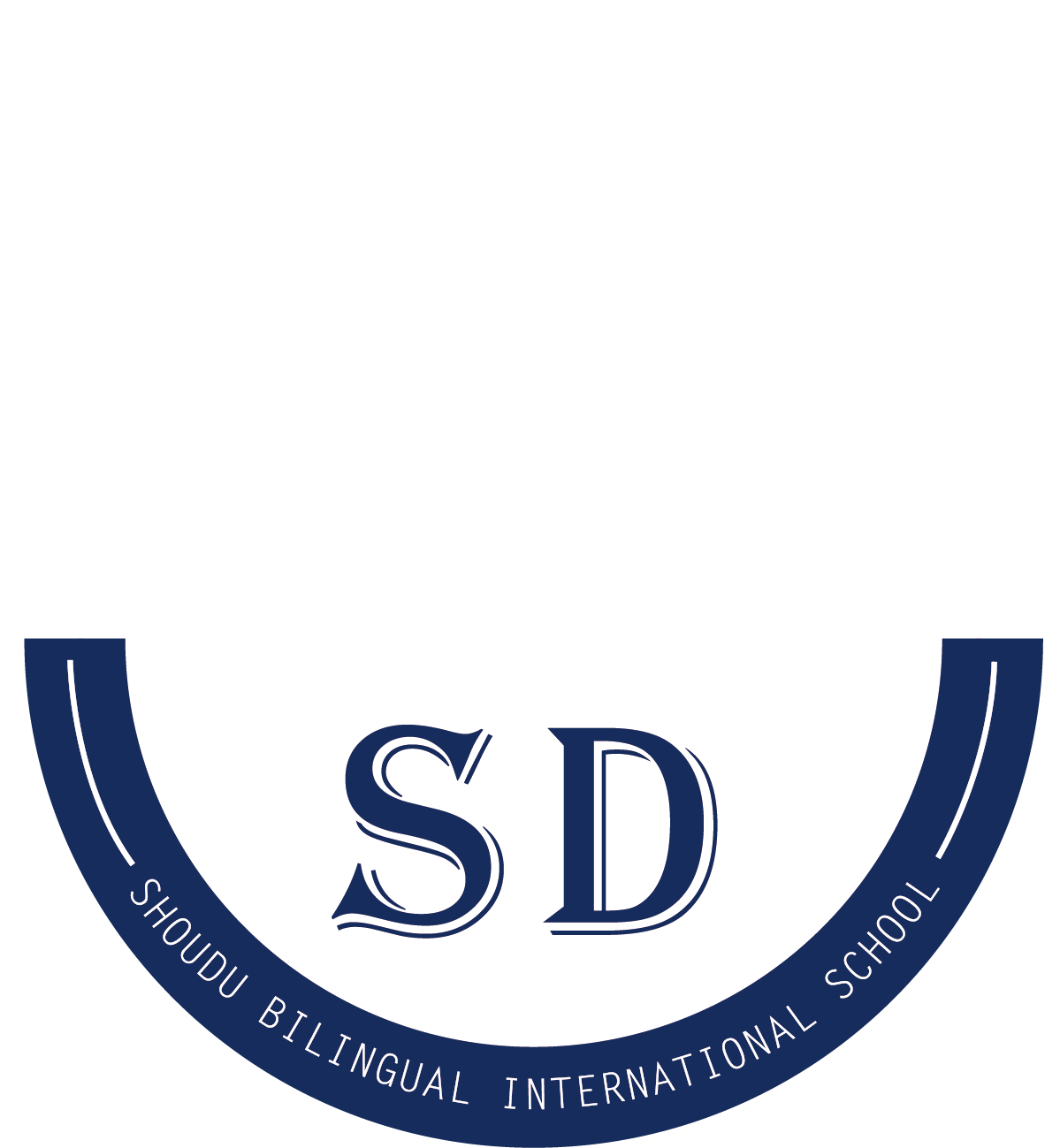Philosophy
At SDBIS, our primary goal is to attain a high standard of education. We emphasize the necessity of consistent teacher training that is in line with the Montessori Curriculum for Kindergarten students. This training is crucial for improving curriculum implementation and enhancing student learning experiences. Together, we actively shape a brighter, more promising future.
In a Montessori classroom anywhere in the world, kids work at tables and mats that are just the right size for them
Having both work areas is meant to reinforce the Montessori idea of "freedom within limits." Work mats help kids make their own space to work. As babies, kids learn where to put their work on the mat, how to walk carefully around it, and how to be respectful of other kids' workspaces. Kids can use the mats as a workspace and come back to them if they can't finish their task in one sitting. Allowing the kids to work at their own pace and encouraging them to finish their work before starting a new one, this arrangement works well for everyone.
Environment & Materials
Prepared environment that promotes autonomy and order
Teaching Aids for the Five Learning Domains
Teacher Characteristics
Teachers serve as guides, not lecturers—observing, supporting, and respecting each child’space
Key Features
- Learning by doing through physical interaction with materials
- Children freely choose their tasks, developing independence and confidence
- Mixed-age classrooms encourage leadership and peer learning
- Focus on character development and life skills
Age Groups & Structure
| age | stage | Key Development |
|---|---|---|
| 2–3 years | Toddler Class | Basic living habits, language listening and speaking, sensory stimulation |
| 3–4 years | Beginner Class | Teaching aids operation, sense of order, self-care ability |
| 4–6 years | Main Class | Mathematical thinking, reading readiness, and cross-disciplinary exploration |




